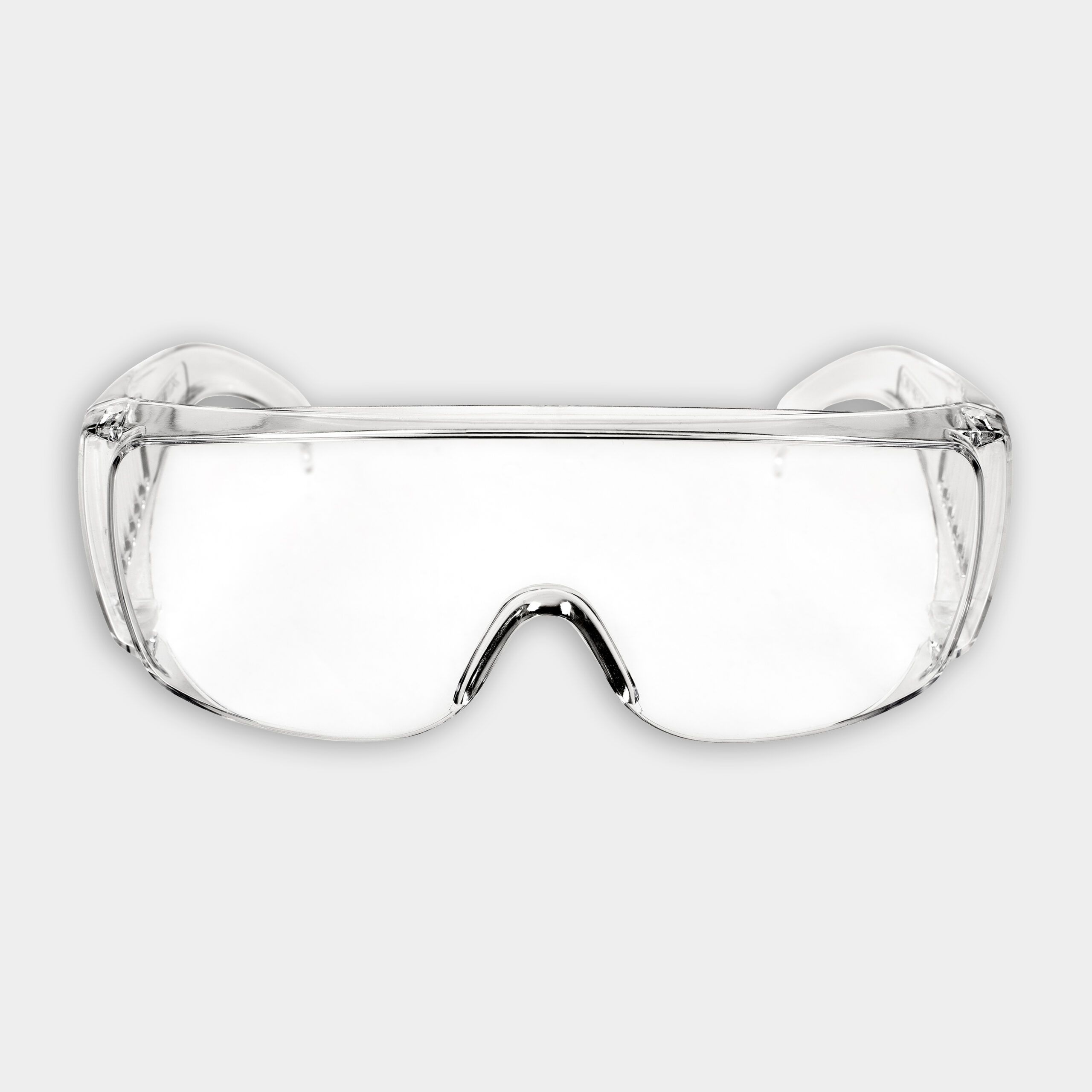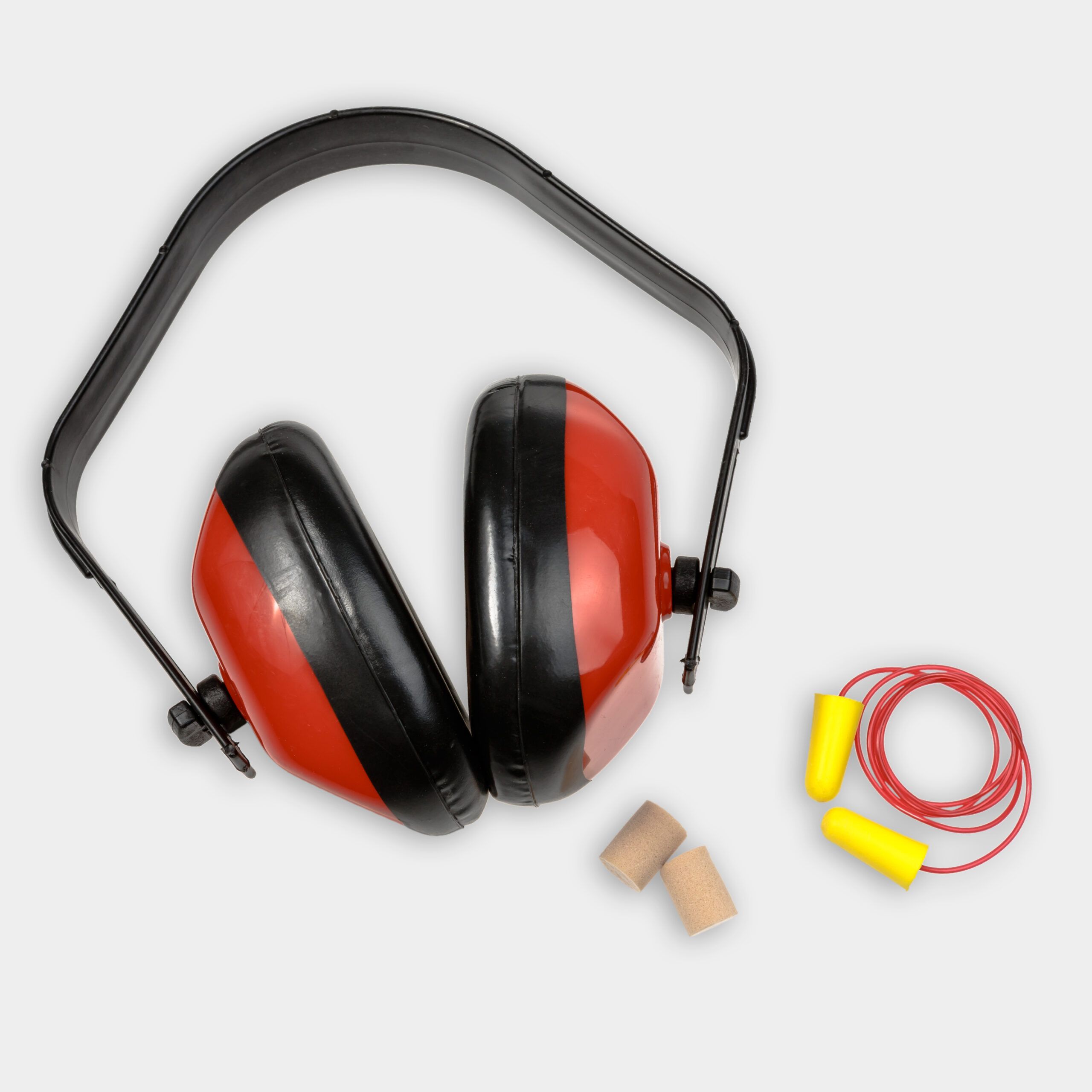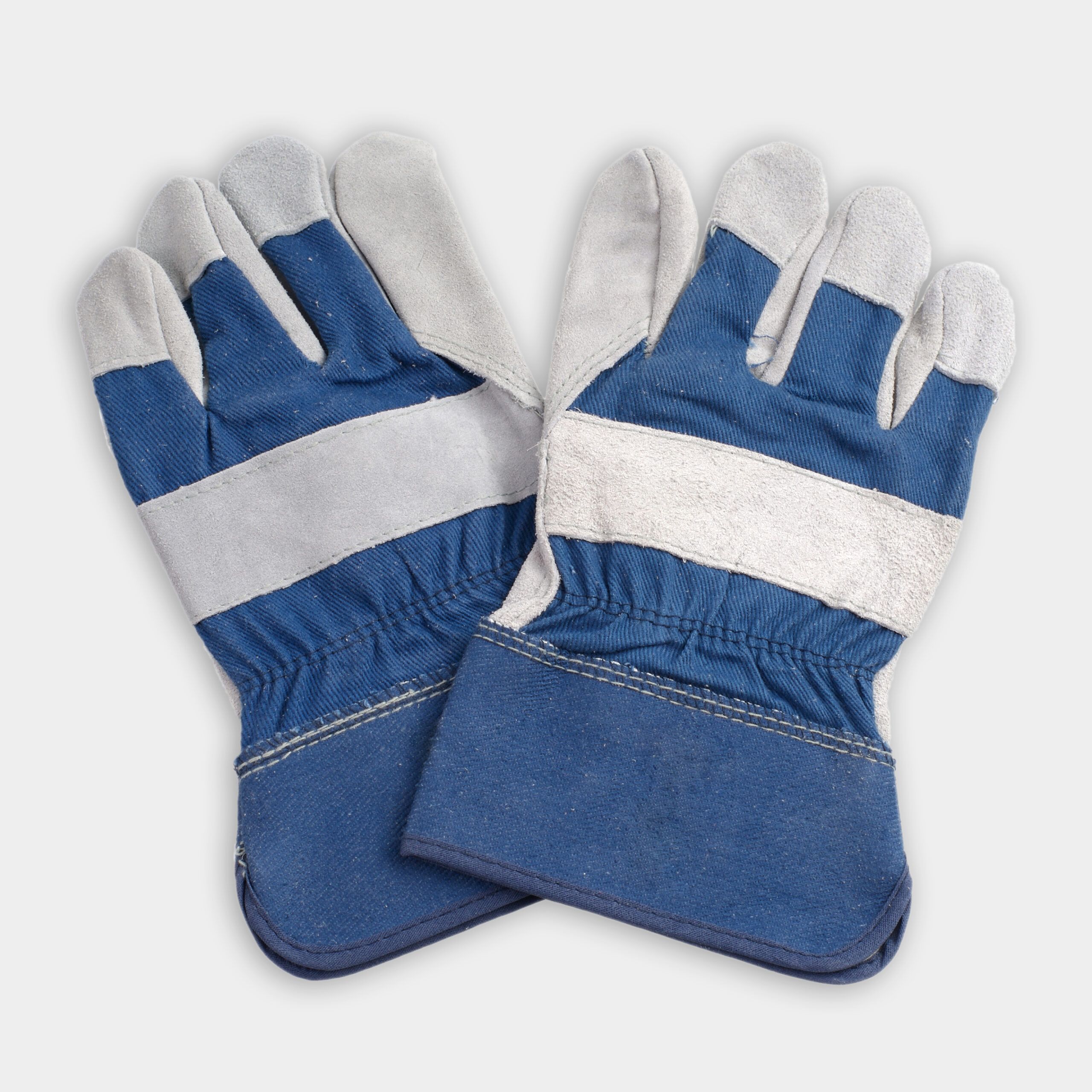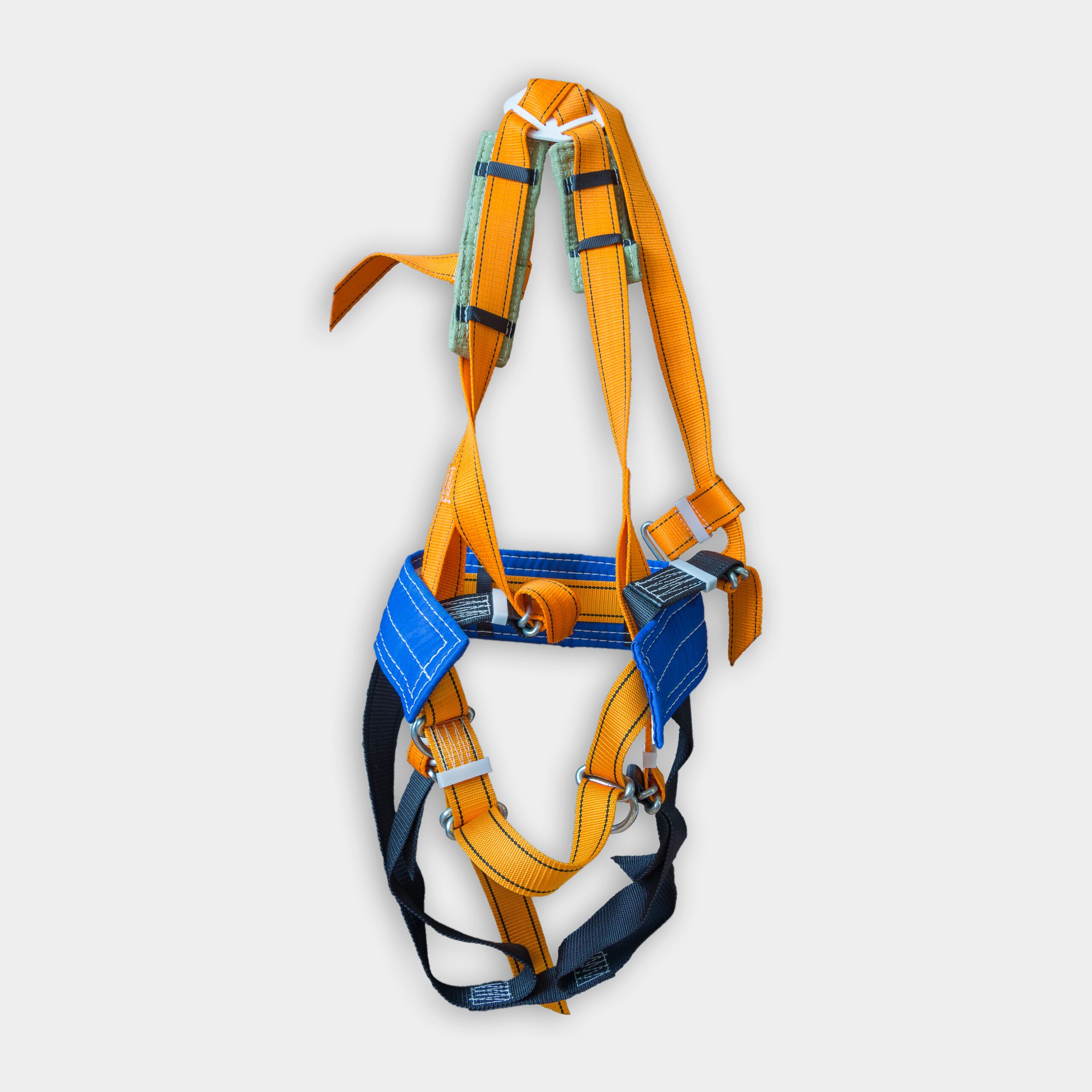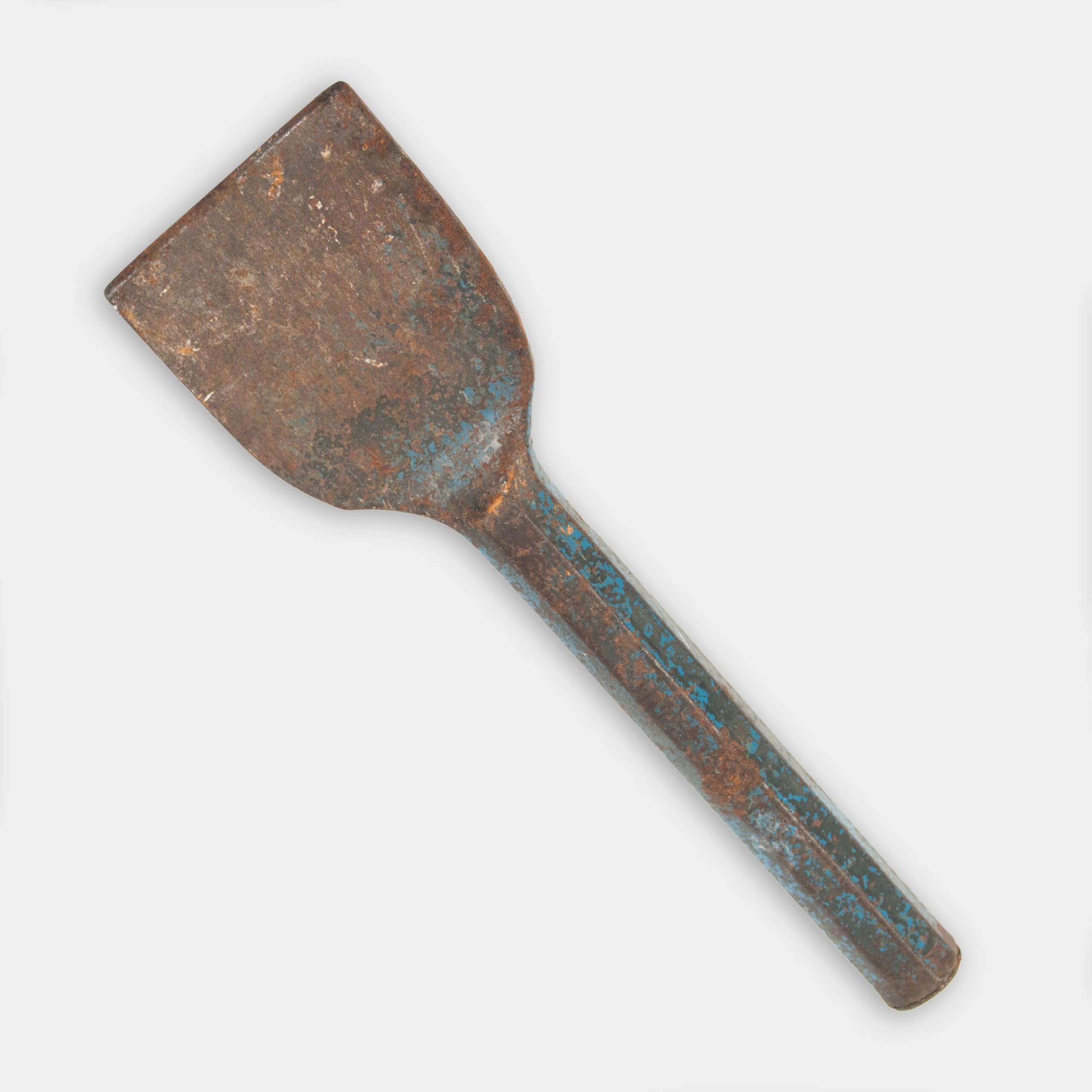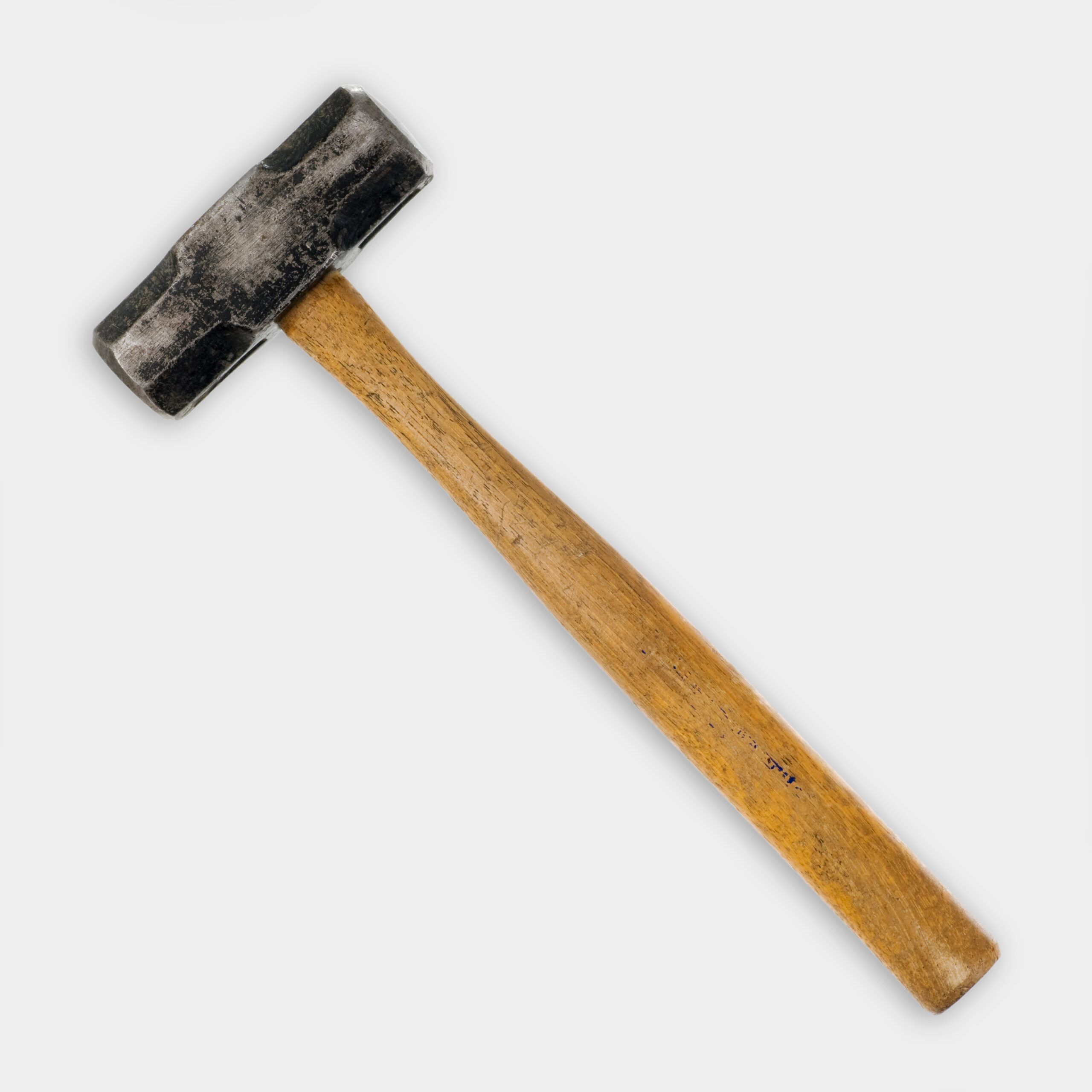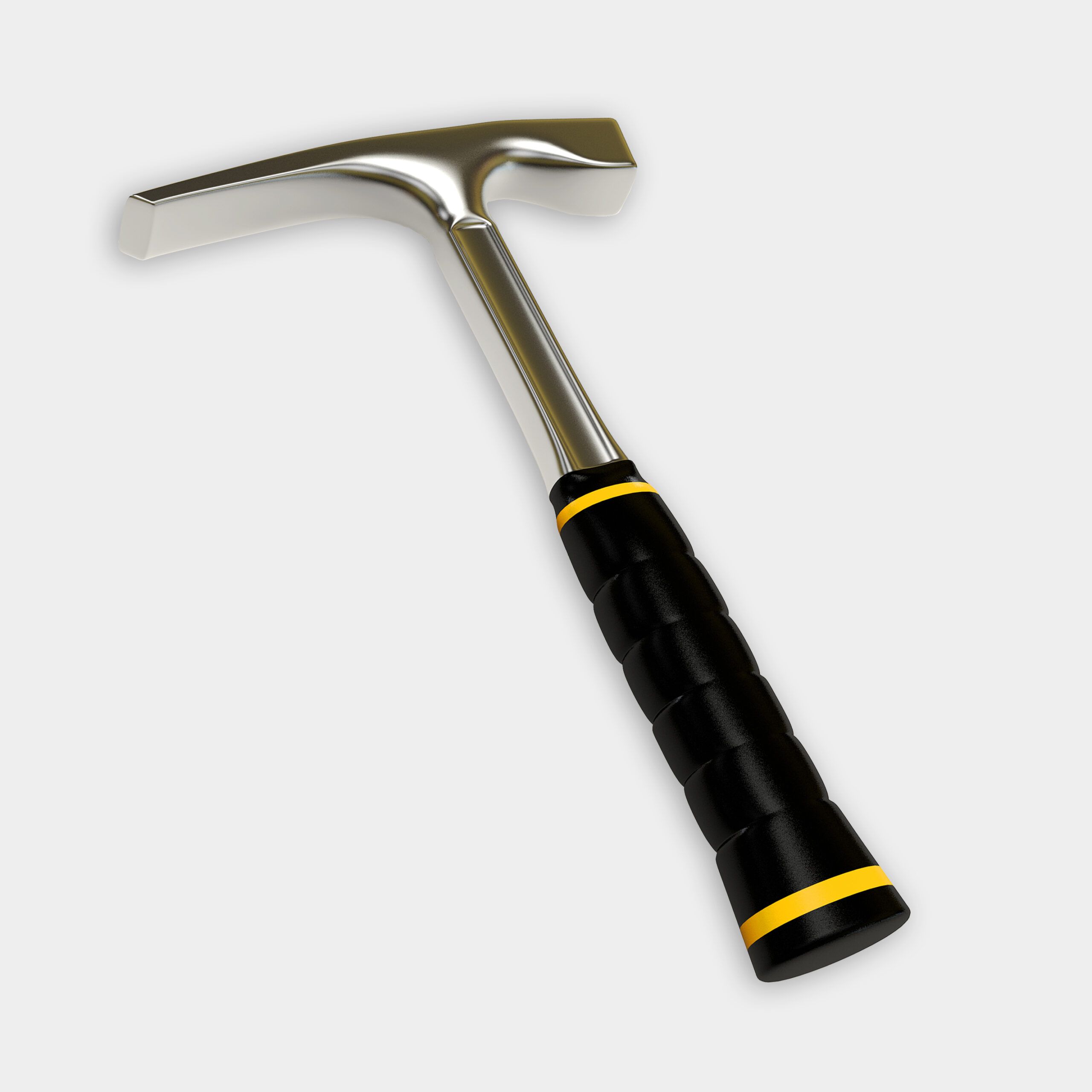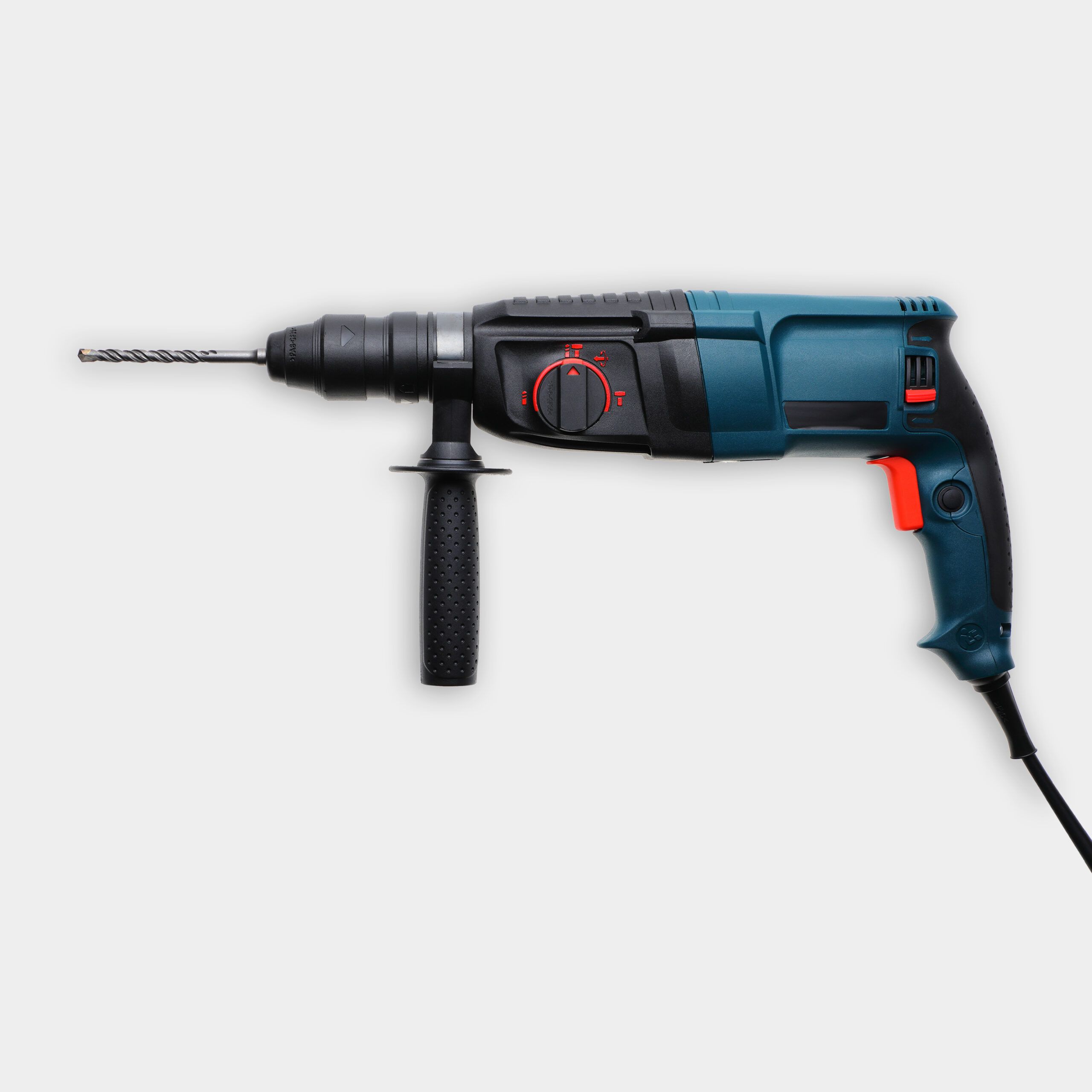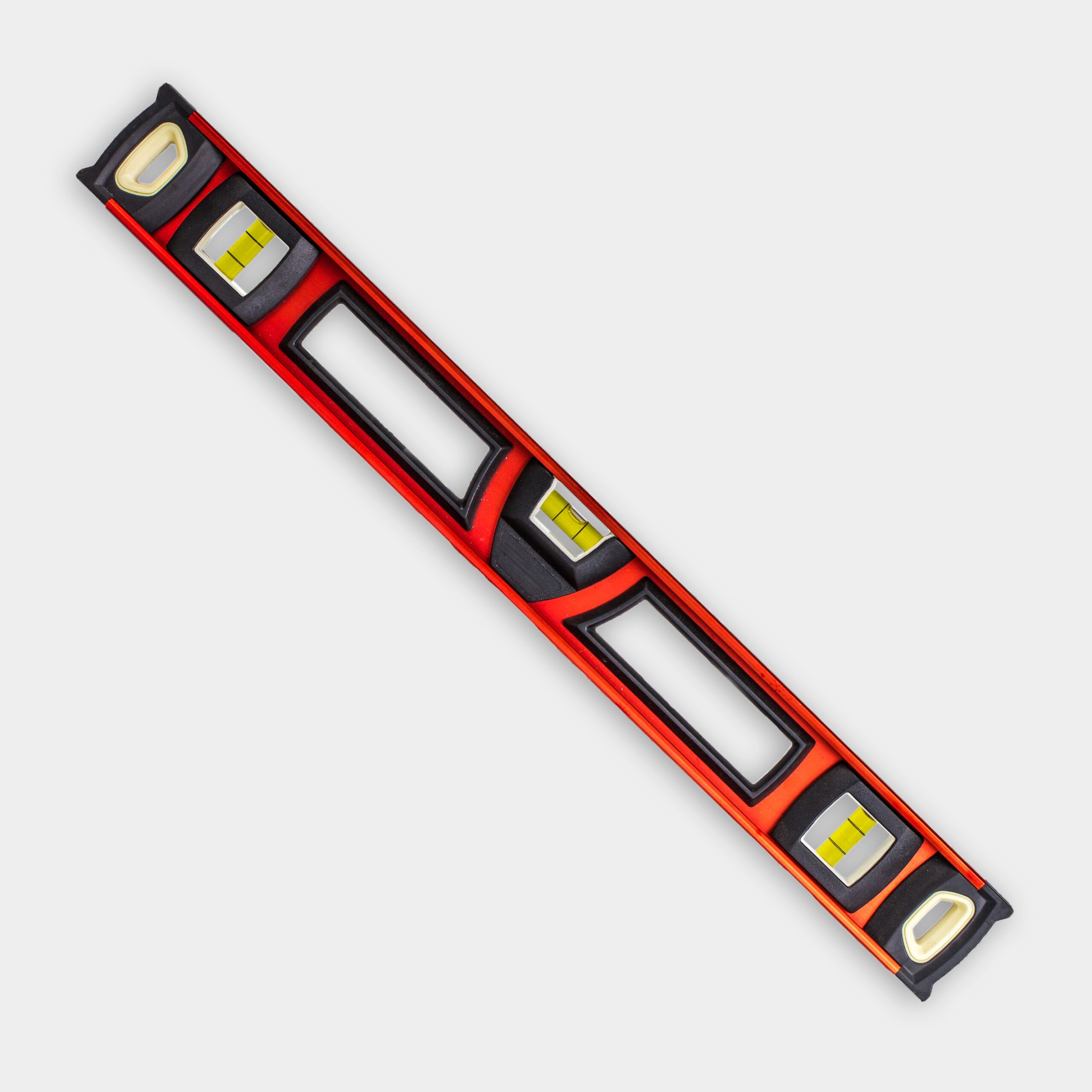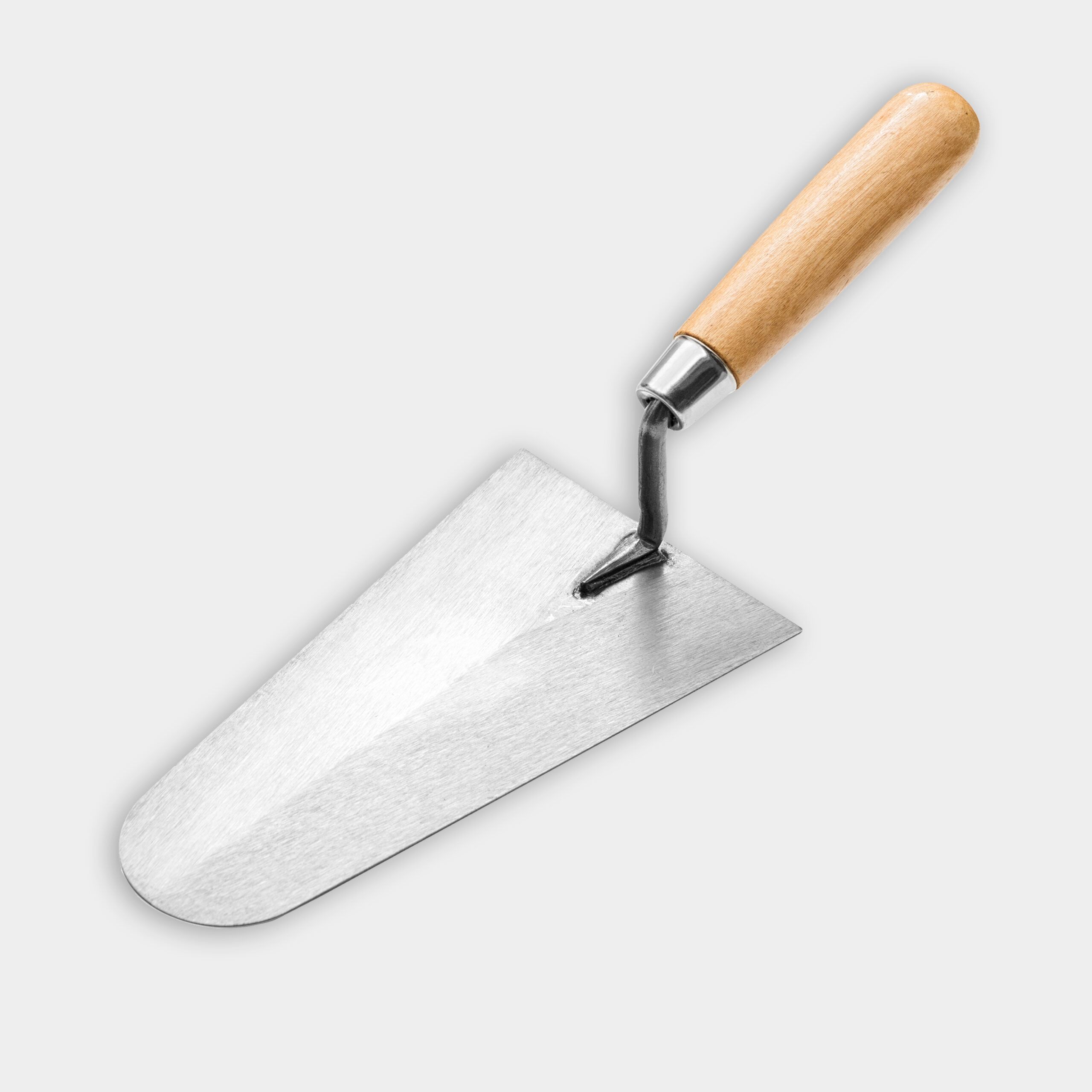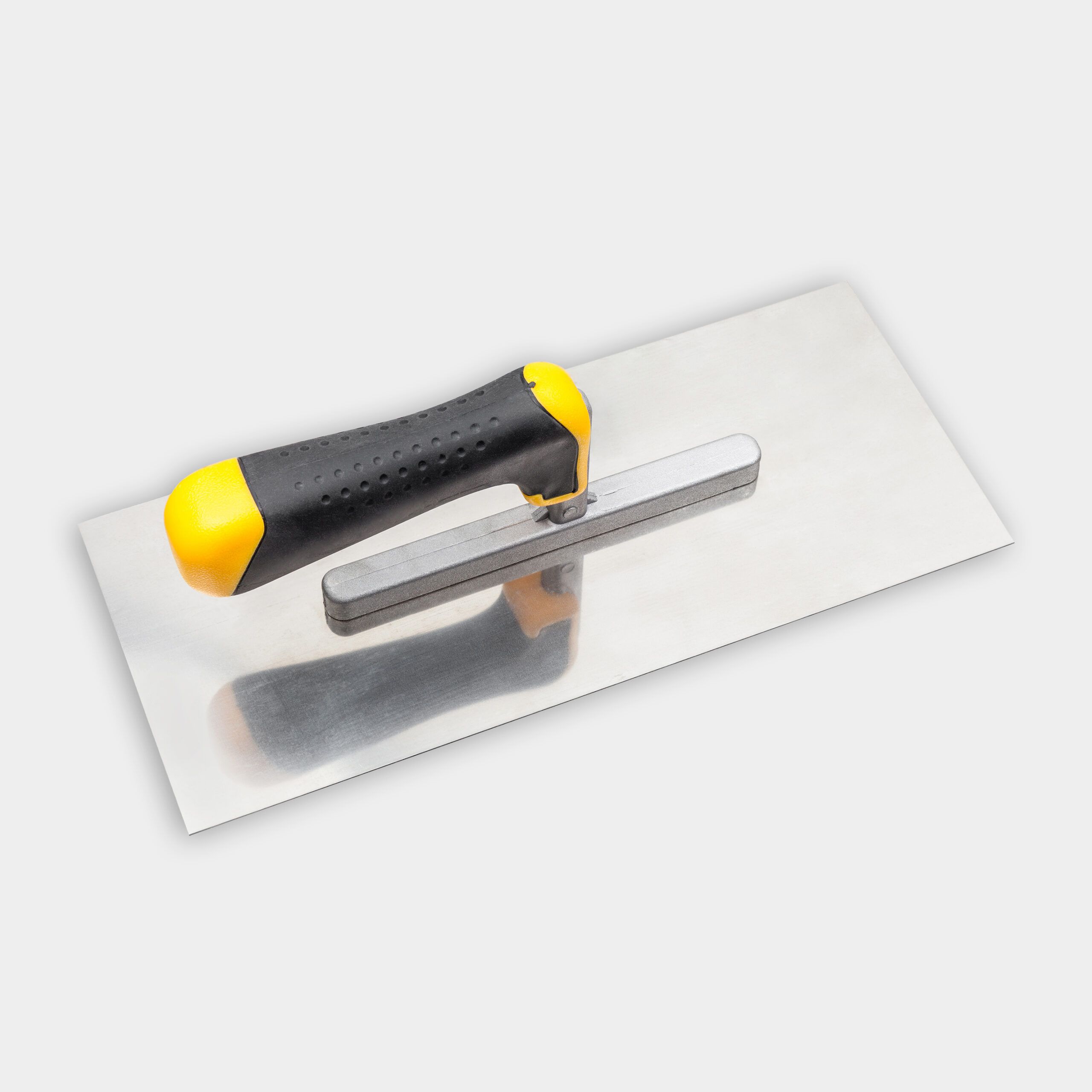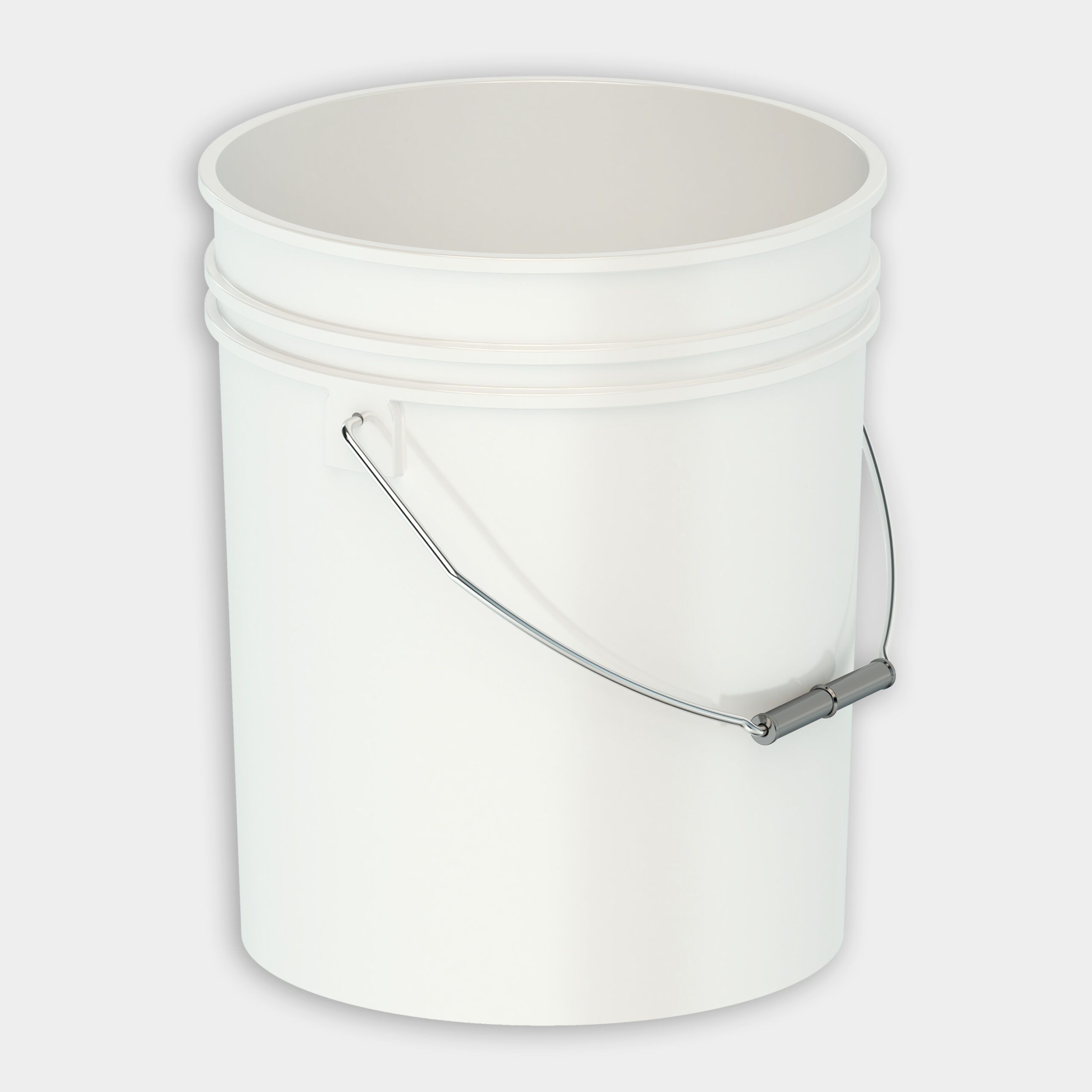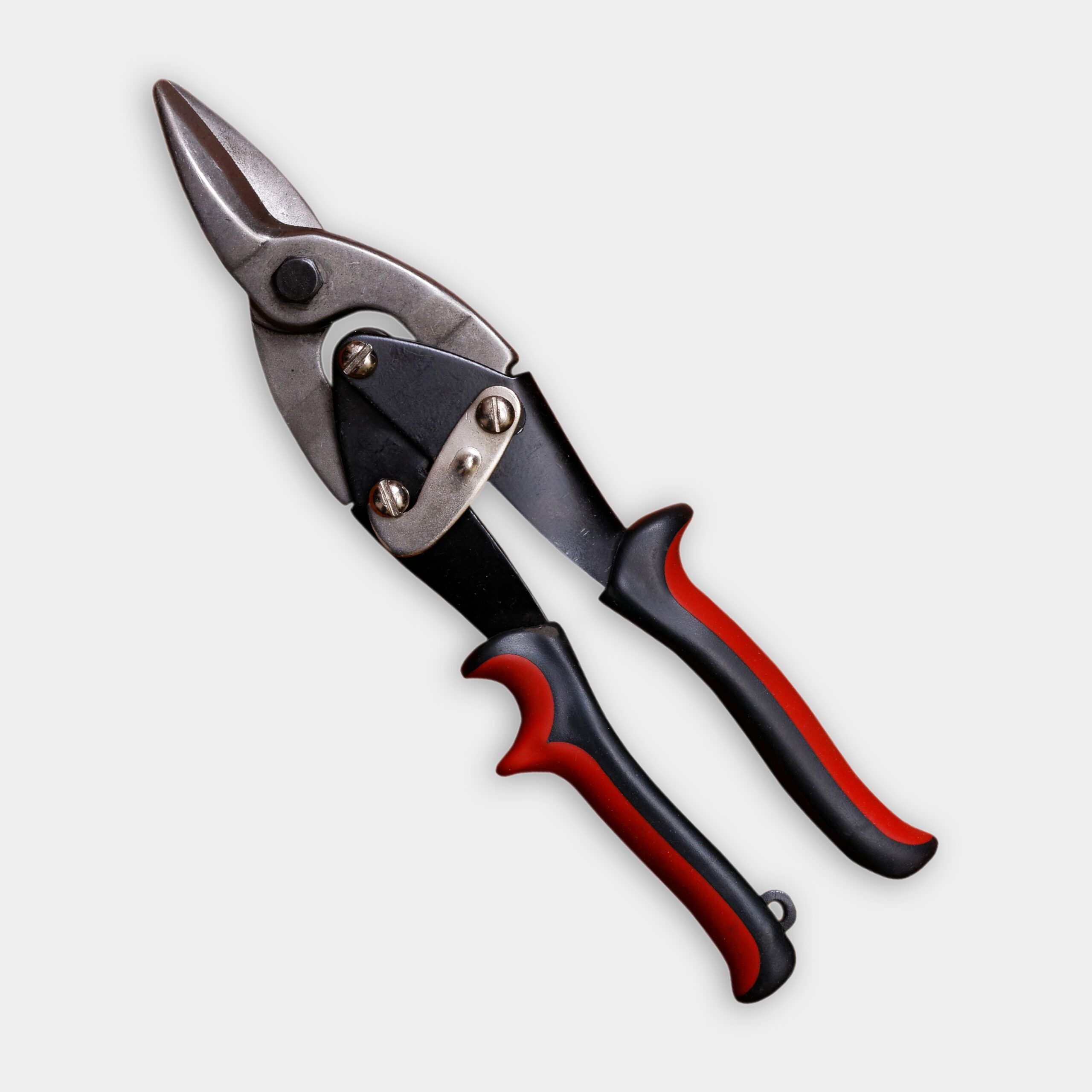When a homeowner wanted to start using his vintage indoor charcoal grill, the inspector dashed his hopes until it was inspected by a mason. Resident Ask This Old House mason Mark McCullough answered the call, helping to identify the chimney crown as the issue. Luckily, Mark knew just what to do, and the two worked together to replace the concrete crown.
A homeowner’s vintage indoor charcoal grill was calling his name, but the inspector shut him down until the chimney could be inspected. Mason Mark McCullough knew just what to look for and quickly identified the problem and the two worked together to extend the flues and replace the chimney crown.
How to Replace a Chimney Crown
- Start by demolishing the existing chimney crown. Identify any cracked areas and break them apart using the masonry chisel and sledgehammer. Alternatively, use a rotary hammer with masonry demolition bits to break the crown. Carefully remove the concrete to prevent damage to the roof, home, or anyone below.
- Clean off the debris. Thoroughly wet the existing brick and mortar to prevent the older masonry surfaces from pulling moisture from the new mix too quickly.
- Apply mortar to the lip of the existing flue and install the flue extension on top. Making sure that it’s level and fully embedded in mortar with no air pockets.
- Create a grid of rebar by laying two longer pieces across the opening and then shorter pieces across the longer piece. Secure the grid by using tie wire and the wire spinner. Cut and install wire lath on top of the rebar.
- Apply a base layer of concrete mix over the metal lathe. Spread the concrete around the lath until it’s about 2 or 3 inches thick and evenly applied all around. Begin to form the edges of the crown with the trowel, sloping away from the chimney flues.
- Install the #9 wire mesh on top of the wet concrete. Snip the wires out from the areas that are installed around the flue and tap the mesh into the concrete using the trowel.
- Apply the final layer of concrete on top of the mesh. The center of the crown should slope down to the edges, and the edges should slope down sharply to the edge of the chimney brick. Use the float trowel to smooth the surface and bring the cream to the top.
- Install the new chimney cap and secure it to the flue with the thumb screws.
Resources
Mark built scaffolding for a safe work area. They still wore harnesses for when they stepped onto the roof.
To demo the old concrete cap, they wore safety glasses, ear protection, and gloves. They used a mix of a sledgehammer, bricklayer’s hammer, chisel, and a masonry rotary hammer drill with a chisel bit.
To extend the flues Mark used clay flue liners that matched the dimensions of the existing liners. He used a brick trowel to add a layer of Type S mortar. He used a mallet to tap the new flue tile level. After, a little more mortar can be added around the flue joint and scraped flat.
To install the concrete cap—rebar, mesh, and reinforcement metal lath should be cut to the size of the chimney and flues. First, lay pieces of rebar to the length of the chimney and the width. Use a wire twister with rebar tie wires at each crossing of rebar to hold in place. Place the steel mesh on top of the rebar, this will help stop the concrete from falling down the chimney.
After, start adding the concrete. Mark used a high strength concrete mix. To spread the concrete, they used a mix of a margin trowel, finish trowel, and a brick trowel. When they were halfway done adding the concrete, they laid 9-gauge reinforcement mesh on top. Then continued adding concrete.
After the concrete was added, Mark added a metal cap to the kitchen flue for better water protection than the screens the homeowner had on the other flues.
